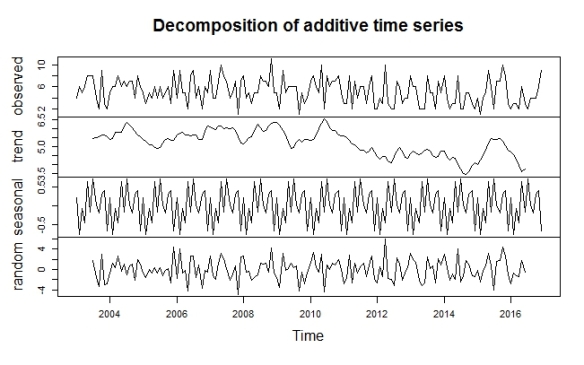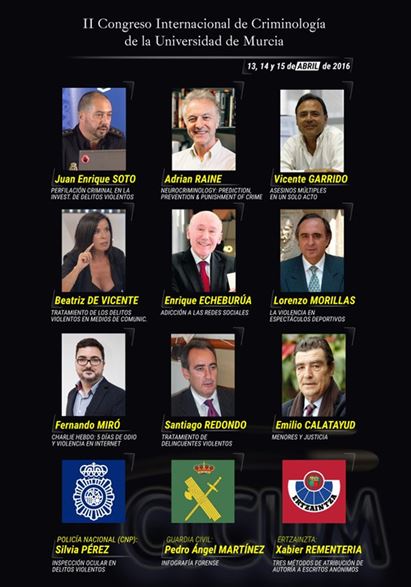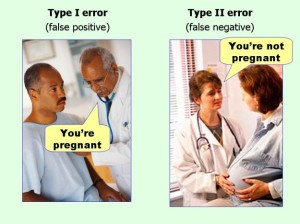As a criminologist who has contributed to the policing literature, I want to express my profound condemnation of the policing management of the past weekend events in Catalunya. At times like this it is hard to know what the right response is. My tweeting and discussions with friends and colleagues possibly illustrates how I am too finding it hard to figure out what an adequate response is to what is going on. We are all, understandably, very touchy at the moment. Personally, I dislike all nationalisms; I think Rajoy and Puigdemont need to resign; and that we need new national and Catalan elections, a reformed Constitution, and some sort of agreement in a legal referendum. You may agree or not with that. But that’s fine. That’s not what I want to talk about here. What I want to talk about here is about what happened on Sunday. As a criminologist one thing I know is my stuff. And although it is difficult to be objective at the moment, what it is very clear to me is that the policing response in Sunday was a good example of bad practice.
Through vicarious experience, I know how hard the police response to those events has shaken many of our colleagues and other members of Catalunya society. It is hard to put in words the raw emotions that this response has generated among people that are very close to me. It was uncalled for. The measures taken up to that point to disrupt the referendum have been appropriate and measured. They responded to a clear strategy of making it difficult for the Govern to claim that the results of the referendum could be meaningful. But in the day of the referendum important mistakes were made. To simply say, as many politicians and op-ed pieces are now saying in Spain, that the police was just obeying the orders of a judge and acted proportionally in applying the law shows an incredible and unjustifiable disregard for decades of policing scholarship, both in police legitimacy and the policing of public order. It is a very lame and unsustainable excuse.
The police does not derive its legitimacy only from the law. The police needs to have the respect and support of the communities they police. Community policing as a model has been inspiring policing thinking since the 1970s -partly as a response to the legacy of historical failures in crowd control. The types of tactics deployed last Sunday undermine that support that the police very much needs, as the literature on procedural justice suggests: “We know that when people find the police to be disrespectful and careless of human dignity, not only is trust lost, legitimacy is also damaged and cooperation is withdrawn as a result. Without such public support, the job of the police is much harder and the objectives of less crime harder to achieve”. To simply invoke the law to justify them is to live in a world that ignores lived experiences and the social meaning and interpretation of police action.
There is other way of policing public order that is less conducive to see the kind of images that we witnessed last Sunday. It should have recognised the interactive dynamics of crowd conflict and adopted a “negotiated management” approach (McPhail et al. 1998; Baker, 2007): a low key, non-confrontational, and peace-keeping approach. And this didn’t happen. Mostly this was so because the police were put in an impossible position by the political class, but also because the Spanish police lags behind in the way public demonstrations are policed. Huge peaceful gatherings like the ones we saw last weekend do not require the police use the force to preserve order. There was no imminent threat to anybody that required such use of force. Whatever one makes of the referendum, trying to close the facilities where large crowds (that included children and the elderly) were voting without sufficient police resources and using force was a recipe for disaster, and very bad policing practice. As David Buil Gil has argued elsewhere even if the three police forces (Mossos, Policia Nacional, and Guardia Civil) have cooperated to the full they would not have had enough resources to close down the 2229 electoral facilities. Why bother trying? “Más vale sucumbir con gloria en mares enemigos que volver a España sin honra ni vergüenza?” We should be past that. Given the situation in the ground, the police should have restrained themselves from using means that were not going to stop the voting; were likely to result in the use of force; had shaken the public and bystanders regardless of their political views; and had undermined their legitimacy. Or as David has indicated: “Ante una situación así, se pueden tomar muchas decisiones operativas destinadas a garantizar, en la medida de lo posible, el orden y el cumplimiento de la ley. Se puede destinar pocas unidades a cada una de las sedes electorales para asegurar que no existan incidentes de violencia que pongan en riesgo el bienestar personal de ningún individuo. Se puede desarrollar una campaña de concienciación ciudadana para tratar que la jornada transcurra con la mayor normalidad posible. Se puede contar con otros agentes, como lo pueden ser policías locales, protección civil y bomberos, para asegurar la seguridad en la zona.” Sadly that’s not what happened.
As former Chief Constable of Greater Manchester Police, Sir Peter Fahy noted on Sunday, “Democratic politicians should not put the police in the position the Spanish government put the Policia Nacional” (and Guardia Civil) “today”. What is happening in Catalunya is a political crisis that requires a political solution. There is a saying in policing, “you cannot arrest your way out problems”. Similarly you cannot police your way out of what essentially is a political and social problem. And it is bloody time the Spanish political class and institutions realised this.




